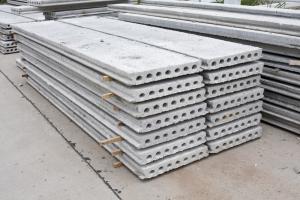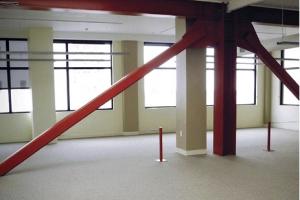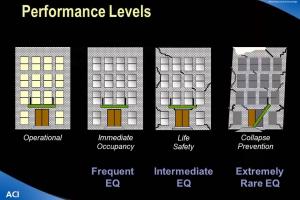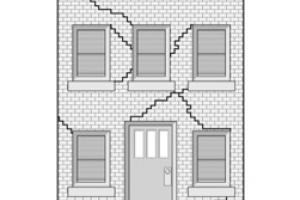Earthquake Safe Construction Guidelines
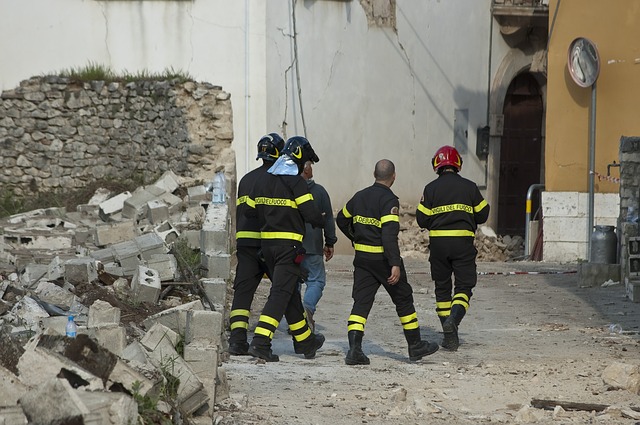
- By constructing houses and public buildings safe, 80% to 90% of loss can be reduced. Because
Disaster risk = Hazard * Vulnerability.
- If Vulnerability is reduced, risk of disaster will decrease.
- Prediction of earthquake only saves human losses not economic losses due to collapse.
- Most of earthquake occurs in ocean.
- Earthquake of Magnitude 6 evolves energy that is equal to 1 Hiroshima atomic bomb.
- Magnitude 7 ==> 100x Energy evolved = 1 Hiroshima atomic bomb.
- Magnitude 8 ==> 100 x 100 Hiroshima atomic bomb.
- Earth is not consistent but its made up of plates.
- Each moves independently.
- Plates are called tectonic plates.
- Earthquake occur due to movement of tectonic plates and their head on collision.
Focus:
- Deep in earth crust. 5 to 6 - 70 to 80 km depth.
- More depth, less will be disaster as more is absorbed inside.
- Projection of focus on earth surface is called epicentre.
- Equivalent Energy is transferred through waves causing vibrations in structure.
- Foundation also moves to and fro. If foundation is made stable, structure will be safe. For example if beams are provided on foundation and structure moves on the beams.
- Walls and Columns are the most important by Earthquake point of view.
- About 1500 tones of steel can be saved in a 60 storey building due to only one level difference of seismic zone.
- 90% of economy losses and 90% of human losses are due to the collapse of buildings.
- Earthquake resistant building is one which does not collapse even if it has irreparable cracks.
Design span of buildings
- Nuclear power plants-> 2500 years.
- Dams and Bridges-> 500 years.
- Houses-> 50 years.
- Not even small cracks should occur in Nuclear power plants because implications are very high i:e, life safety levels are not common in each type of structure.
- 2% of total cost can save a building from earthquake.
Dhajji: Timber frames and bracing. To make earthquake resistant mortar take 1 bag of cement + 3 wheel barrows of sand. The mortar should be used within 1 hr.
- Rectangular or square shaped buildings are good in earthquake resistance.
- Building openings should be well distributed and less.






